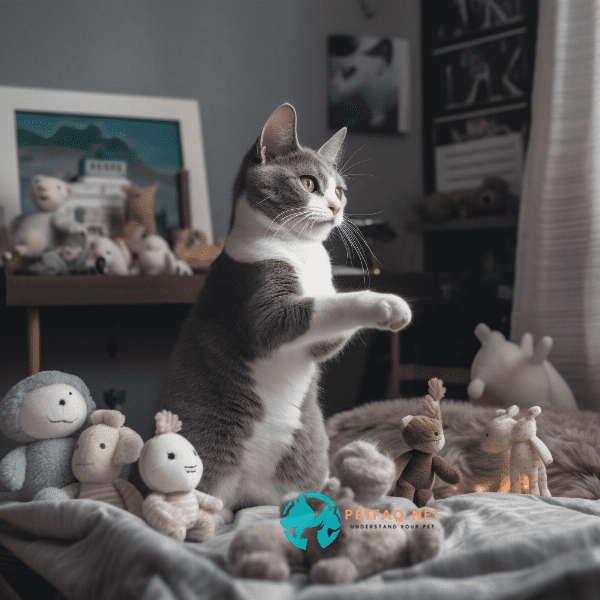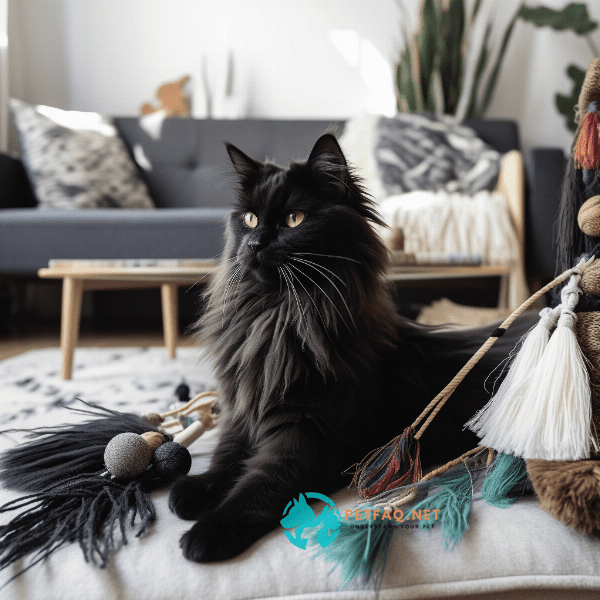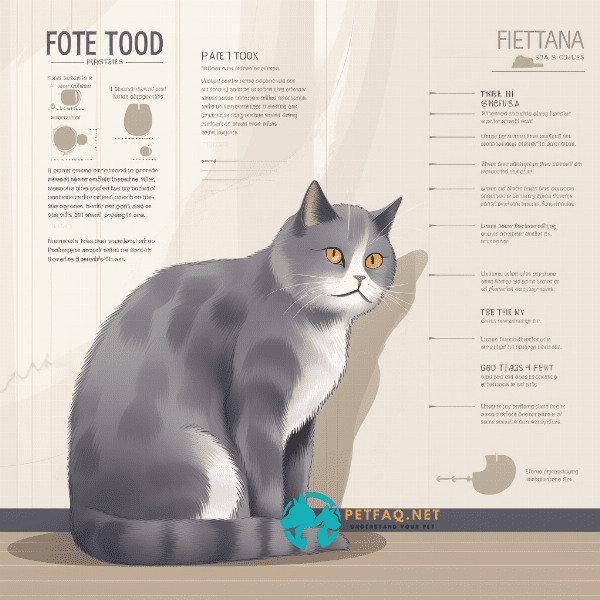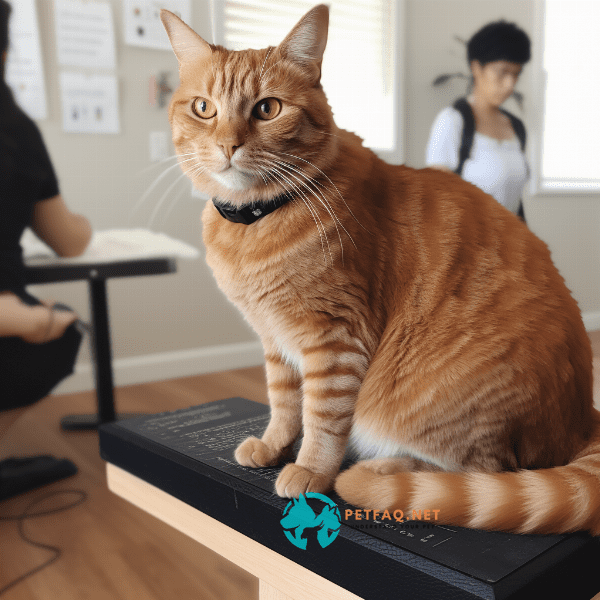Table of Contents
- Understanding the causes of feline timidity and how to help your timid cat feel more confident
- How to create a safe and secure environment for a timid cat in your home
- The benefits of play therapy for timid cats and tips for making playtime more enjoyable
- Common behaviors displayed by timid cats and what they may indicate about your cat’s emotional state
- The role of positive reinforcement and desensitization in building trust with a timid cat.
Understanding the causes of feline timidity and how to help your timid cat feel more confident
Feline timidity, also known as cat shyness, can be caused by a variety of reasons such as genetics, early life experiences, or traumatic events. To help your timid cat feel more confident, it’s important to provide a safe and secure environment. This can include hiding spots, familiar objects, and plenty of positive reinforcement. Additionally, giving your cat time and space to adjust to new situations, and avoiding forcing interaction, can also help build their confidence. Gradual and positive exposure to new stimuli can also help your cat become more comfortable in new situations. Providing plenty of love, attention, and affection can also help your timid cat feel more secure and confident. By taking these steps, you can help your timid cat become a confident and happy member of your household.

How to create a safe and secure environment for a timid cat in your home
Creating a safe and secure environment for a timid cat can be essential to helping them feel more confident and relaxed. Here are some steps you can take:
1. Provide hiding spots such as boxes or tunnels for your cat to retreat to when feeling overwhelmed.
2. Keep familiar objects and routines in the home to provide a sense of comfort and security.
3. Avoid sudden movements and loud noises which can startle a timid cat.
4. Gradually introduce new stimuli such as people or pets to help your cat adjust and feel more confident.
5. Avoid forcing interaction and give your cat plenty of space and time to approach new things at their own pace.
By creating a safe and secure environment, you can help your timid cat feel more at ease and confident in their surroundings. This will lead to a happier and more fulfilled life for your feline friend.

The benefits of play therapy for timid cats and tips for making playtime more enjoyable
Play therapy is a great way to help timid cats feel more confident and secure. Not only does it provide physical exercise and stimulation, but it can also help build trust and strengthen the bond between you and your feline friend. Here are some tips for making playtime more enjoyable for a timid cat:
1. Use toys that mimic natural hunting behaviors, such as feather wands or balls with bells, to encourage play.
2. Keep play sessions short and engaging to maintain your cat’s interest.
3. Provide plenty of positive reinforcement, such as treats and affection, to reward your cat for participating.
4. Avoid using your hands as toys, as this can reinforce fear and shyness.
5. Gradually increase the level of interaction and play intensity to help your cat become more confident and comfortable.
By incorporating play therapy into your cat’s routine, you can help boost their confidence and provide them with mental and physical stimulation. This will lead to a happier and more fulfilled life for your feline friend.

Common behaviors displayed by timid cats and what they may indicate about your cat’s emotional state
Timid cats often display a variety of behaviors that can indicate their emotional state and comfort level. Some common behaviors include:
1. Hiding: Cats who feel scared or uncertain may hide under furniture or in tight spaces.
2. Avoidance: Timid cats may avoid people or other pets, and may flee when approached.
3. Slow blinking: Cats who are feeling relaxed and comfortable may give you a slow, extended blink.
4. Flattened ears: Cats with flattened ears may be feeling scared or threatened.
5. Tension in the body: Cats who are feeling anxious or stressed may have a tense posture with raised hackles and a stiff tail.
By understanding the common behaviors displayed by timid cats, you can gain insights into your feline friend’s emotional state and take steps to help them feel more comfortable and confident. This will lead to a stronger bond and a happier life for your cat.

The role of positive reinforcement and desensitization in building trust with a timid cat.
Positive reinforcement and desensitization are crucial tools in helping timid cats build trust and overcome their fears. Positive reinforcement involves rewarding desired behaviors with treats, affection, or other desirable outcomes, while desensitization involves gradually exposing your cat to feared stimuli in a controlled and non-threatening way. When used together, these techniques can help a timid cat feel more comfortable and confident in their environment.
For example, if your cat is scared of being touched, you can begin by simply offering them a treat while being close to them, gradually working up to gentle petting over time. The key is to move at a pace that is comfortable for your cat and to always reward positive behaviors with positive reinforcement. By using these techniques, you can help build trust and overcome fear in your timid cat, leading to a happier and more fulfilling life for your feline friend.

Frequently Asked Questions (FAQs) about Cat Behavior timid:
1. Can a timid cat become more confident over time?2. What are some strategies for helping a timid cat become more comfortable around people and other animals?
3. Are certain cat breeds more prone to timidity than others?
4. Are some breeds of cats more prone to being timid than others?
5. Can a cat's past experiences affect its behavior and make it more timid?

